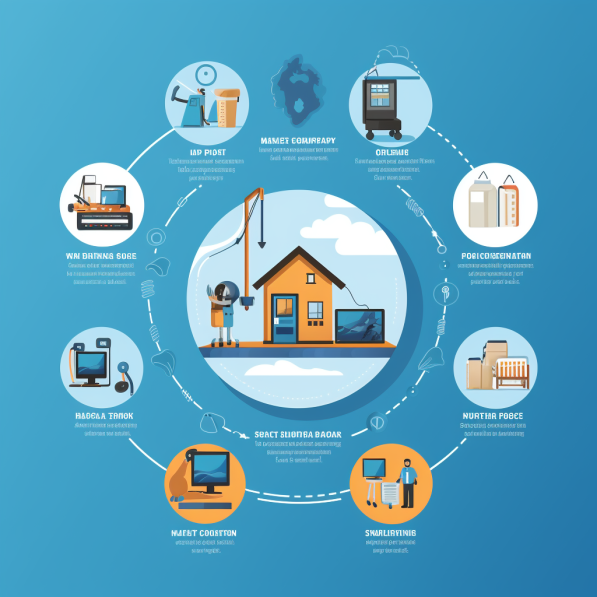Purpose of the checklist: Streamline HR tasks, ensure compliance, and enhance employee satisfaction.
Overview of HR responsibilities: Covers everything from hiring to offboarding, including maintaining a positive work environment.
Job description creation: Craft clear and precise job descriptions to attract suitable candidates.
Posting job openings: Use various platforms to reach a wide audience.
Screening applications: Filter candidates based on qualifications and experience.
Interviewing candidates: Conduct interviews to assess fit and skills.
Conducting background checks: Verify candidate information for security.
Making job offers: Extend offers to chosen candidates with detailed job information.
Preparing employee paperwork: Complete all necessary employment forms.
Scheduling first day orientation: Introduce new hires to the company culture and policies.
Assigning mentors or buddies: Facilitate smoother integration into the team.
Setting up payroll and benefits: Ensure new employees are added to payroll and benefits systems.
Providing necessary tools and access: Equip employees with tools and access for their roles.
Collecting and storing employee documents: Securely manage personal and professional documents.
Updating records as needed: Keep employee records current with any changes.
Ensuring privacy and security of records: Protect sensitive information from unauthorized access.
Establishing performance evaluation criteria: Set clear performance standards.
Scheduling regular reviews: Conduct periodic evaluations to discuss achievements and areas for improvement.
Providing feedback and coaching: Offer constructive feedback and guidance.
Managing promotions and raises: Handle career progression based on performance.
Identifying training needs: Assess skills gaps and development opportunities.
Organizing training sessions: Provide training programs to enhance skills.
Tracking progress and completion: Monitor training effectiveness and completion.
Evaluating training effectiveness: Assess the impact of training on performance.
Addressing workplace conflicts: Resolve conflicts fairly and promptly.
Promoting a positive work environment: Foster a culture of respect and collaboration.
Managing employee grievances: Provide a process for addressing concerns.
Understanding relevant labor laws: Stay informed about employment laws.
Ensuring workplace safety: Implement safety protocols and training.
Managing leaves and absences according to legal requirements: Administer leaves in compliance with laws.
Designing competitive compensation packages: Offer attractive salaries and benefits to retain talent.
Managing payroll: Ensure accurate and timely payment of salaries.
Administering benefits programs: Manage health, retirement, and other benefits.
Handling resignations and layoffs: Manage the process respectfully and legally.
Conducting exit interviews: Gather feedback on the employment experience.
Completing final payroll and benefits termination: Ensure all financial obligations are met.
Gathering feedback on HR processes: Collect input from employees and managers.
Identifying areas for improvement: Analyze feedback to find improvement opportunities.
Implementing changes to enhance efficiency and effectiveness: Apply changes to improve HR functions.






